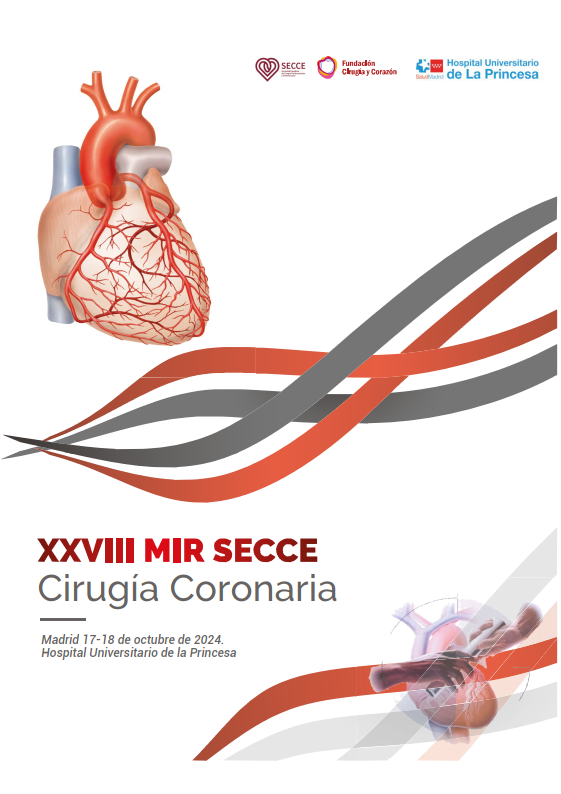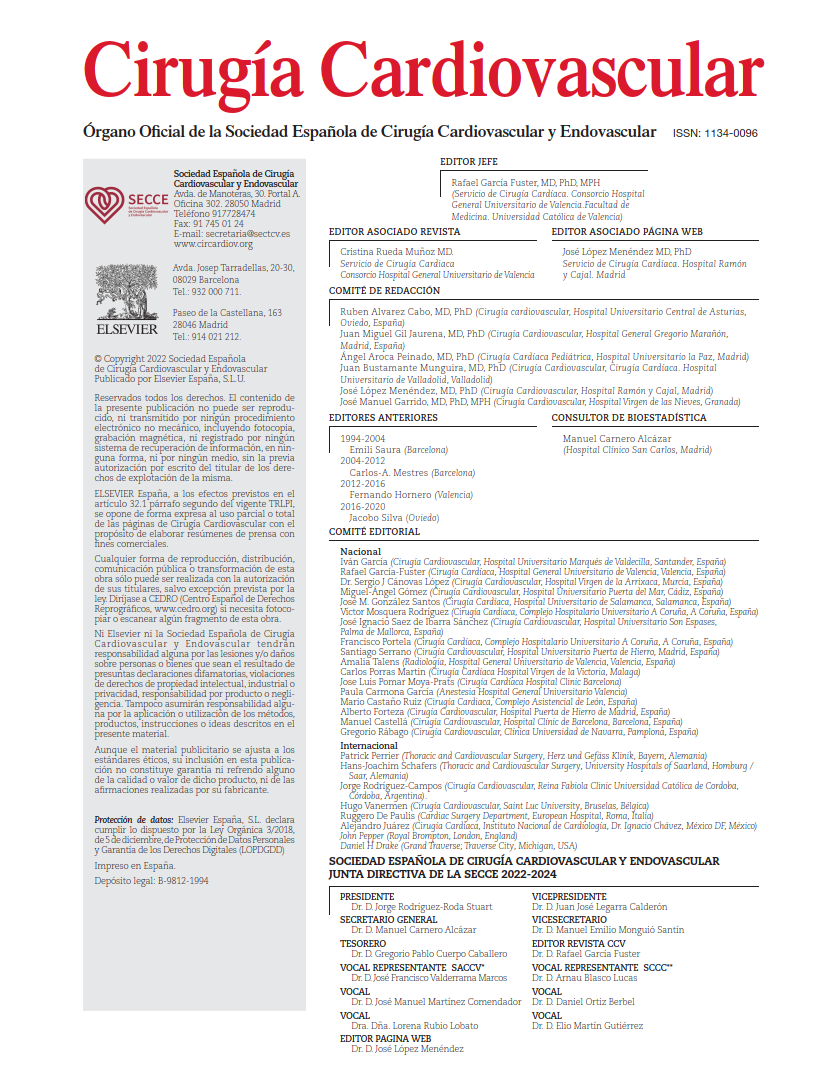Heart failure (HF) is a highly prevalent condition worldwide, affecting 1–2% of the population in developed countries. In many cases, despite optimal medical management, these patients experience progressive clinical deterioration leading to advanced and terminal stages of the disease, frequent hospital readmissions, and severely impaired quality of life. In such scenarios, heart transplantation (HT) is considered the gold-standard therapy. However, this approach is often limited by donor shortages and recipient comorbidities, which may represent contraindications. Long-term mechanical circulatory support with durable LVADs has emerged as an alternative, either as a bridge to transplant (BTT)—allowing time to overcome reversible contraindications—or as destination therapy in non-transplant candidates. Among the complications associated with LVADs, infectious and hematologic events are the most frequent. Infections are similar to those observed in other forms of cardiac surgery and typically involve the cannulae exiting through the skin in paracorporeal devices or the driveline in intracorporeal ones. Although newer-generation devices have demonstrated lower infection rates, once infection is established, eradication remains challenging. These infections often require prolonged (often intravenous) antibiotic therapy and, in some cases, complete system explantation, significantly impairing patients’ quality of life.
Omentoplasty is a well-known surgical technique applied across various disciplines. It leverages the greater omentum’s inherent properties—abundant vascular and lymphatic supply, versatility for mobilization, and adherence to other tissues—allowing its transposition to poorly vascularized anatomical areas to help control infection. The technique has been validated in mediastinitis, particularly when infection eradication is difficult and muscle flap coverage (e.g., pectoralis major) is not feasible due to malnutrition or limited muscle mass.
This article presents a single-center retrospective review of patients implanted with an LVAD between 2011 and 2023 who developed device-related infections. The objective was to evaluate the benefit of omentoplasty as an adjunct to conventional therapy—defined as intravenous antibiotic therapy and surgical debridement—for managing these infections.
Among 515 patients who received an LVAD, 37 were diagnosed with device-related infection and were categorized into two groups based on the treatment received. Group A (n = 15) received standard management, consisting of surgical debridement, local placement of antibiotic-loaded beads, intravenous antibiotics, and negative pressure wound therapy (NPWT) with vacuum-assisted closure (VAC). Group B (n = 18) received the same conventional management plus surgical omentoplasty (OMP). A comparative analysis was conducted between groups, examining clinical characteristics, infectious agents, hospital readmissions due to recurrence, and 2-year survival outcomes.
All patients received intravenous antibiotics prior to any surgical intervention. In Group A (without OMP), antibiotic therapy was continued indefinitely. In Group B (with OMP), intravenous antibiotics were administered for 6 weeks postoperatively, after which they were de-escalated to oral therapy based on clinical response. Surgical debridement involved a subcostal incision to expose the infected pump, driveline, or outflow graft components. The procedure included antibiotic irrigation, placement of antibiotic-loaded beads, and VAC closure. It was repeated until gross contamination was absent and cultures ruled out residual infection. For patients in Group B, OMP was then performed by mobilizing a segment of omentum and positioning it substernally over the external driveline.
Results showed comparable baseline characteristics between groups (age, sex, BMI, cardiomyopathy type), except for a higher use of HeartMate 3® (HM3®) in Group B, reflecting the shift to newer-generation devices during the study period. The prevalence of diabetes, chronic kidney disease, and driveline involvement—all infection risk factors—was similar in both cohorts. As previously described, HM3® is associated with a lower infection risk than HeartMate II®. Staphylococcus aureus was the most common pathogen, followed by Pseudomonas aeruginosa, which was associated with higher mortality. Statistical analysis revealed a significant benefit of OMP: two-year survival was 77% in Group B vs. 7% in Group A (p < .001). Infection-related readmissions were also reduced (0.18 vs. 0.24 admissions/patient-year), particularly when OMP was performed within 60 days of infection diagnosis. Among patients treated with OMP, 78% were able to discontinue intravenous antibiotics, compared to 0% in the standard therapy group. Importantly, infections in this study were limited to the lower mediastinum, though coverage of the outflow graft appeared to prevent extension into the upper mediastinum.
COMMENTARY:
The complexity of infections in patients with mechanical circulatory support is primarily related to the difficulty of achieving complete eradication, often requiring device explantation for definitive control. This entails not only significant healthcare costs but also a notable decline in patients’ quality of life and increased mortality. Despite its limitations—such as its retrospective nature, single-center design, and the absence of long-term follow-up—this study represents the most extensive series to date addressing this clinical scenario. Its findings are compelling, as they support the use of omentoplasty as an effective adjunctive therapy for managing LVAD-related infections. The observed improvements in survival, reduction in infection-related hospital readmissions, and decreased need for prolonged intravenous antibiotics all suggest that omentoplasty should be considered as part of a multimodal infection control strategy in this high-risk population.
REFERENCE:
El Banayosy AM, George S, Vanhooser DW, Setiadi H, Freno DR, Bell MT, et al; Long JW. Omentoplasty for ventricular assist device infections: Encouraging outcomes. JHLT Open. 2025 Apr 4;8:100264. doi: 10.1016/j.jhlto.2025.100264.



